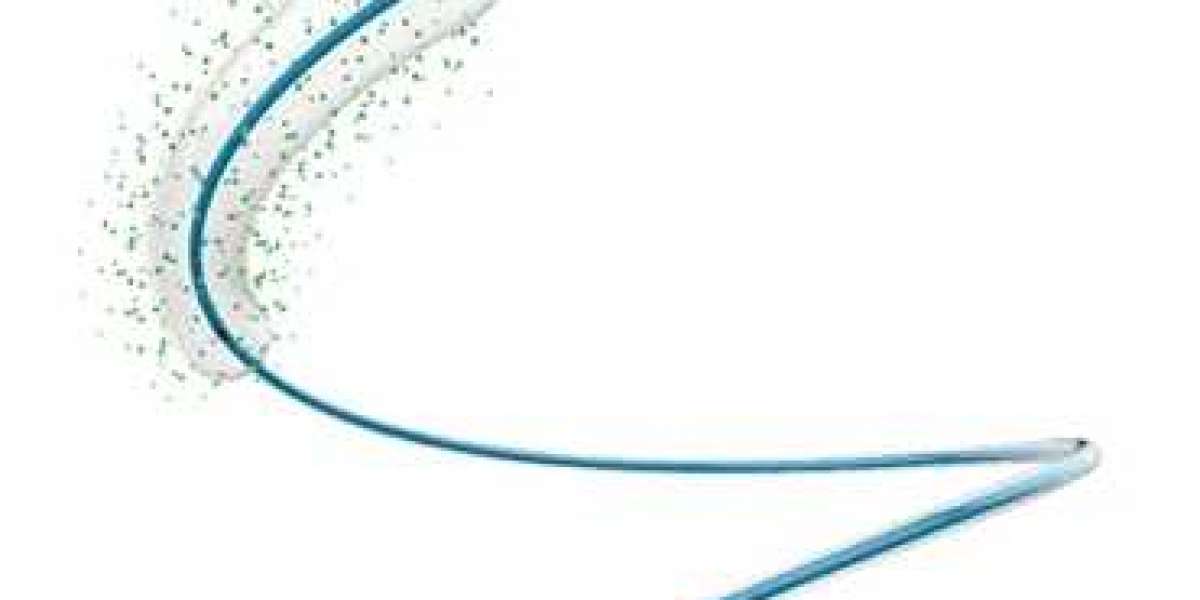In the realm of vascular intervention, the quest for innovative solutions that enhance patient outcomes and minimize complications is never-ending. One such breakthrough is the development of Paclitaxel-Coated Balloon Catheters (PCBCs). In this blog post, we delve into the benefits and applications of these cutting-edge devices, with a spotlight on the contributions of Barty Medical Technology Co., Ltd. ("Barty Medical"), a national high-tech enterprise leading the charge in this field.
Understanding Paclitaxel-Coated Balloon Catheters
Paclitaxel-Coated Balloon Catheters are a significant advancement in the treatment of vascular diseases. They are designed to deliver the drug paclitaxel, an antiproliferative agent, directly to the site of arterial blockage. This localized drug delivery is achieved during the balloon angioplasty procedure, where the balloon is inflated to dilate the narrowed vessel and the coating releases paclitaxel into the arterial wall.
Benefits of PCBCs
Reduced Restenosis: By inhibiting cell proliferation, paclitaxel helps prevent restenosis, the re-narrowing of the artery that often occurs after angioplasty.
Targeted Drug Delivery: The localized delivery of paclitaxel ensures minimal systemic exposure, reducing the risk of side effects.
Shortened Dual Antiplatelet Therapy (DAPT): In some cases, the use of PCBCs can shorten the duration of DAPT, reducing the risk of bleeding complications.
Versatility: PCBCs are effective in various vascular beds, including coronary, peripheral, and renal arteries.
Applications in Vascular Intervention
PCBCs have revolutionized the treatment approach in several areas of vascular intervention:
Coronary Artery Disease (CAD): PCBCs are used in percutaneous coronary interventions (PCIs) to treat narrowed coronary arteries, especially in patients with in-stent restenosis (ISR).
Peripheral Artery Disease (PAD): The use of PCBCs in the femoropopliteal and below-the-knee arteries has shown promising results in reducing restenosis rates.
Renal Artery Stenosis: In patients with hypertension due to renal artery stenosis, PCBCs offer an effective treatment option.
Dialysis Fistula Maintenance: PCBCs are also employed in maintaining the patency of arteriovenous fistulas and grafts in dialysis patients.
Barty Medical's Role in Advancing PCBC Technology
Barty Medical Technology Co., Ltd. has been at the forefront of developing and manufacturing Paclitaxel-Coated Balloon Catheters. Their commitment to research and development in the field of vascular intervention has led to the creation of high-quality PCBCs that meet the rigorous demands of modern medicine.
Key Contributions:
Innovative Design: Barty Medical's PCBCs are designed with optimal drug coating and release mechanisms, ensuring effective and consistent drug delivery.
Clinical Research: The company actively participates in clinical trials and studies to evaluate the efficacy and safety of their PCBCs, contributing valuable data to the medical community.
Education and Training: Barty Medical provides educational programs and training for healthcare professionals to ensure the proper use and implementation of their PCBCs in clinical practice.
Conclusion
Paclitaxel-Coated Balloon Catheters represent a significant leap forward in the treatment of vascular diseases. Their ability to reduce restenosis rates and provide targeted drug delivery has made them a valuable tool in the arsenal of vascular intervention specialists. Barty Medical Technology Co., Ltd. continues to play a pivotal role in the advancement of PCBC technology, driving innovation and improving patient outcomes. As we look to the future, the potential applications of PCBCs are vast, promising even greater strides in the field of vascular medicine.







